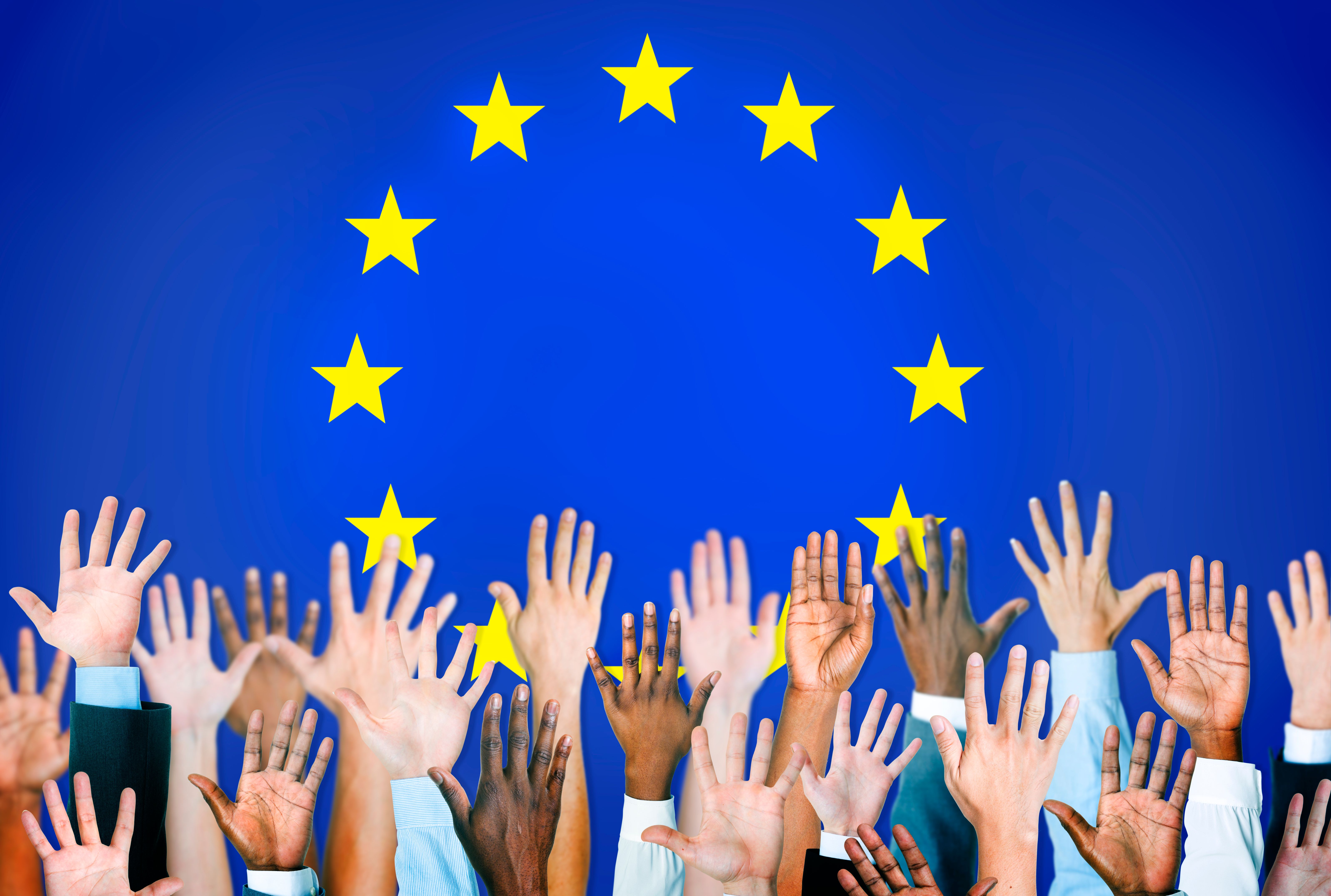Europe has long been at the top of many travelers’ bucket list destinations worldwide, including those from the United States, thanks to its rich history, diverse cultures, stunning landscapes, and iconic landmarks. While Americans and Canadians will soon pay triple the cost of visiting Europe due to a fee increase (In ETIAS) resulting from the EU’s new rules, it remains a popular destination for millions of tourists each year.
This article refers to travel to and within the European Union, which does not include the United Kingdom.
However, an updated list of items travelers can and cannot carry into the EU has further dented the spirits of enthusiastic visitors. There are rules governing the transportation of specific consumer goods between EU countries or from an EU country to a non-EU country. Failure to comply with set allowances, which can vary from country to country, could result in the confiscation of the goods, a fine, or even criminal prosecution.
Related
Travelers Rejoice Over Airline Fee Ban—But Americans Are Left Out
Flyers love this new airline fee ban, but it doesn’t apply to the U.S.
Travel Items Allowed & Not Allowed Into The EU
Hot air balloons with American and European flags
American citizens traveling to the European Union for short stays (under 90 days) have not yet required a visa; however, starting in late 2026, they will need to obtain an ETIAS authorization before traveling and will no longer be able to enjoy free entry to Europe.
According to the U.S. Department of State, for travelers to Europe’s Schengen Area, “If your passport has less than 6 months validity, an immigration officer may refuse your entry and require you to immediately return to the United States.”
Additionally, individuals traveling to the EU from a non-EU country, such as the U.S., are prohibited from carrying or bringing certain items. It is also important to note that, contrary to some misconceptions, travelers can bring certain goods into the EU if specific conditions are met.
What Cannot Be Carried Into the EU
- Meat or dairy products
- Most EU countries have strict rules regarding endangered animals or plants, and in some cases, a permit may be required.
What Can Be Carried Into The EU, Under Certain Conditions
- Certain goods are free of VAT and excise duties if they are not for resale and within limits
- A limited quantity of fruit and vegetables, as well as eggs, egg products, and honey
- Restricted quantities of fish or fish products are also allowed
- Perfume up to a value of 300 euros per traveler or 430 euros for travelers by air and sea
Travelers entering or leaving the EU with 10,000 euros in cash (or its equivalent in other currencies) must declare it to the customs authorities in the EU country they are entering or leaving, failing which there will be penalties.
Americans traveling with pets to the EU need to ensure their pets meet specific health and documentation requirements. These typically include a microchip, a valid rabies vaccination, and an EU health certificate endorsed by the USDA.

Related
The new measure is considered a win for many families, but some travelers are pushing back against it.
Travel Items Allowed Within The European Union
Diverse Hands with the European Union Flag
The EU operates as a single market with a single external border, meaning member states negotiate trade agreements collectively. No import or export duties are charged on goods moving between EU member states.
Despite the freedom of movement of goods within the EU, there are specific rules governing the importation of certain consumer goods from one EU country to another.
What Can Be Carried When Traveling Within The EU
- Any meat or dairy products, as long as they’re for personal consumption
- Cut flowers, fruit, or vegetables, as long as they have been grown in an EU country
- Limits on powdered baby milk (less than 22 lbs or 10 kg), baby food, and special pet feed
- Foods required for medical reasons
- Alcohol and tobacco, for personal use and not for resale
Regarding Alcohol and tobacco, each EU country can set its guideline values for the quantities that travelers can bring in.
However, these values cannot be lower than the guidelines levels established at the EU level: 800 cigarettes, 1 kg (2.2 lbs) of tobacco, 10 liters of spirits, 20 liters of fortified wine, 90 liters of wine, and 110 liters of beer.
Moreover, member states can restrict or prohibit imports and exports on grounds such as public health, public morality, or public security.
Although there are no EU-wide rules governing the transportation of cash between EU countries, travelers should always check with the local customs authorities before traveling.
The general takeaway from the list of items not allowed to be carried into the EU or some even within the EU is that these impact taxes, local economies, community health and sometimes, the environment.
A visit to any EU country is best planned with a visit to that country’s website to confirm what you’re allowed to and not allowed to carry with you.




